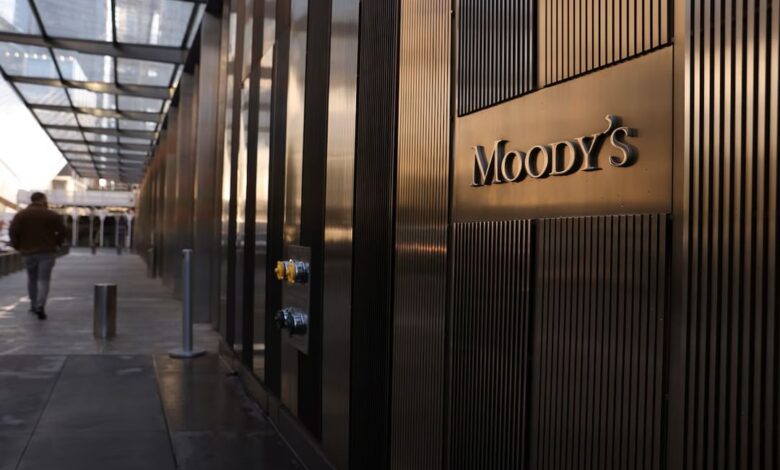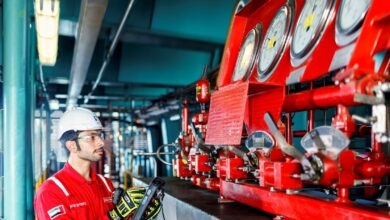
Vast sums are needed for the world to shift to a low-carbon economy, build resilience, and adapt to the effects of climate change, Moody’s said in a report published today.
“Investment has risen rapidly since the 2015 Paris Agreement, but it will take a lot more to reach the goal of global net zero emissions by 2050,” the report noted.
“Wide investment gaps exist for both climate mitigation (reducing greenhouse gas emissions) and adaptation (adjusting to the effects of climate change). While nations will spend almost $2 trillion on clean energy in 2024 – including low-carbon power, infrastructure, energy efficiency and electrification – a Moody’s Ratings analysis shows an annual climate mitigation investment gap of nearly $2.4 trillion by 2030. Adaptation investment has drawn much less funding, given its more limited commercial potential, and is well below estimated annual needs of about $400 billion, standing around $72 billion in 2022,” the global agency warned.
This adds up to an annual climate investment gap of $2.7 trillion by 2030 – around 1.8% of global GDP – and exposes vulnerable communities to rising risks from climate change, particularly in emerging markets where investment needs are largest.
“Climate change has far-reaching credit implications for economies and businesses, whether through physical effects on livelihoods and infrastructure, or through the changes involved in reducing carbon emissions in almost all of our activities.”
The good news, the agency said, is that early investment in clean energy can prevent big economic losses from climate change – and populations will generally be better off than under current policies. In addition to lives preserved, rapid climate spending could lead to higher growth and more revenue for governments globally over time.
However, the bad news, the agency warned, is that the benefits will take years to arrive, and governments will need to spend heavily in the next decade if they are to stave off the worst effects of climate change, resulting in much higher debt.
“Such delayed benefits can be difficult for policymakers to sell to their electorates. Moreover, costs and benefits will not be evenly distributed across economies and sectors, adding to social and political risks. And, even if financing gaps are closed, there is no guarantee that the money will be deployed efficiently, which could bring its own set of problems.”
Source: Wam.ae



